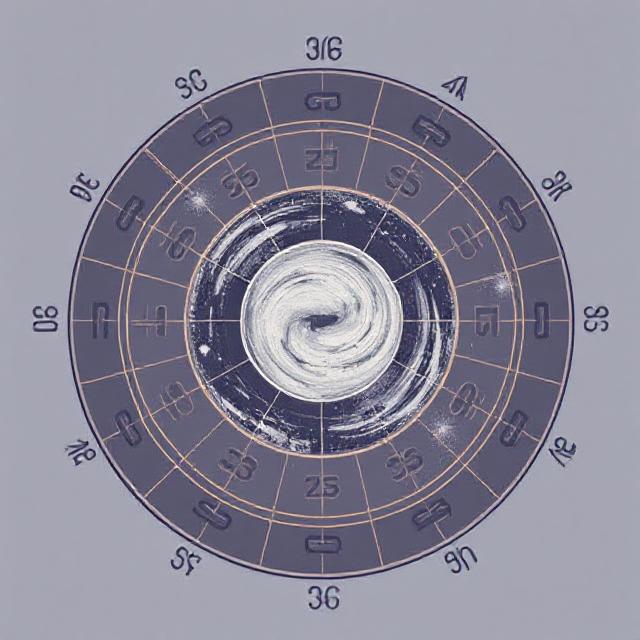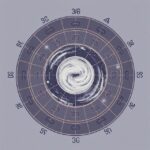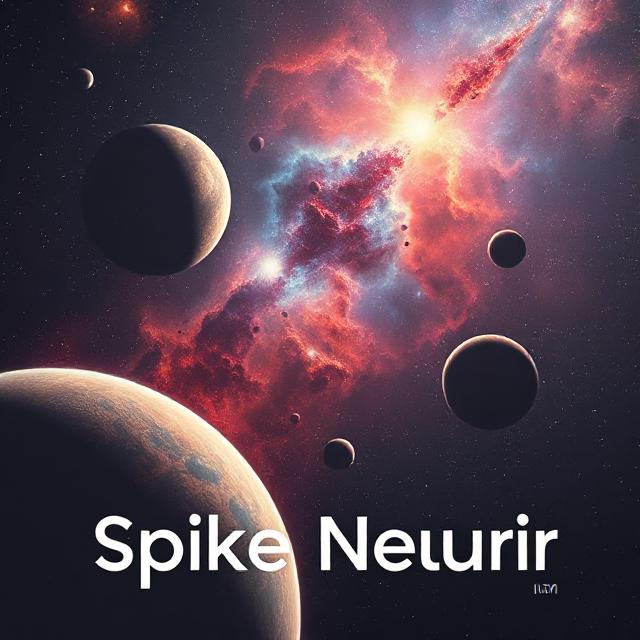Coldest Brown Dwarf Detected Emitting Radio Waves


Unveiling the Mysteries of Brown Dwarfs and Their Radio Emissions
Introduction to Brown Dwarfs
In the vast cosmos, exists an intriguing category of celestial objects known as brown dwarfs. These enigmatic bodies, neither classified as planets nor stars, possess masses that dwell between the two. Despite their elusive nature, recent discoveries have shed light on their fascinating characteristics, particularly their ability to emit radio waves.
A Cold Discovery
A remarkable find has emerged from the depths of space—a brown dwarf, located a mere 37 light-years from Earth, holds the title as the coldest known to emit radio signals. This celestial body, identified in 2011 by researchers from Caltech, is known as T8 Dwarf WISE J062309.94−045624.6. At temperatures lower than a campfire, approximately 797 degrees Fahrenheit (425 degrees Celsius), this brown dwarf challenges previous notions about radio wave emissions.
Unraveling the Radio Wave Mystery


Traditionally, brown dwarfs weren’t thought to produce radio emissions due to their lack of strong magnetic fields. However, a study published in The Astrophysical Journal Letters on July 13 unravels this puzzle. Lead author Kovi Rose, an astrophysicist at The University of Sydney, remarked, “This discovery is pivotal in expanding our understanding of ultracool brown dwarfs, offering insights into the evolution of stars and their magnetic properties.”
The Indistinct Realm Between Planets and Stars
Brown dwarfs occupy a unique space in the cosmos. They are more massive than planets like Jupiter but lack the size and mass of true stars. For instance, T8 Dwarf WISE J062309.94−045624.6, although smaller than Jupiter, exceeds it in mass by four to 44 times. Unlike our Sun, which is vastly larger and more massive, brown dwarfs are often perceived as cosmic fossils, suspended in a state that never progresses to full stellar evolution.
Understanding Magnetic Fields in Brown Dwarfs
A curiosity that continues to baffle astrophysicists is how a minority of brown dwarfs can emit radio waves. The key may lie in the rapid rotation of these ultracool bodies. Unlike typical stars that sustain magnetic fields through hydrogen fusion, brown dwarfs cannot fuse regular hydrogen due to their insufficient mass. Instead, they burn deuterium, a hydrogen isotope.
Experts speculate that as these brown dwarfs rotate, their magnetic fields and ionized atmospheres move at differing speeds. This discrepancy generates electric currents, channeling electrons towards the magnetic poles, resulting in bursts of radio waves. This phenomenon is believed to be occurring in the case of T8 Dwarf WISE J062309.94−045624.6.
The Future of Radio Astronomy
Tara Murphy, a study co-author and astrophysicist at the University of Sydney, emphasizes the potential of next-generation radio telescopes in unearthing more such unique objects. Utilizing data from the CSIRO ASKAP radio telescope in Western Australia, the Australia Telescope Compact Array, and the MeerKAT telescope in South Africa, researchers are poised to explore the radio sky further.
“As we delve deeper into this realm, we aim to enhance our comprehension of nearby stars and the habitability of the exoplanetary systems they may host,” Murphy concluded.
Conclusion
The study of brown dwarfs and their unexpected radio emissions marks a thrilling frontier in astrophysics. As scientists continue to explore these celestial enigmas, each discovery brings us closer to unraveling the complexities of the universe and the celestial bodies within it.










